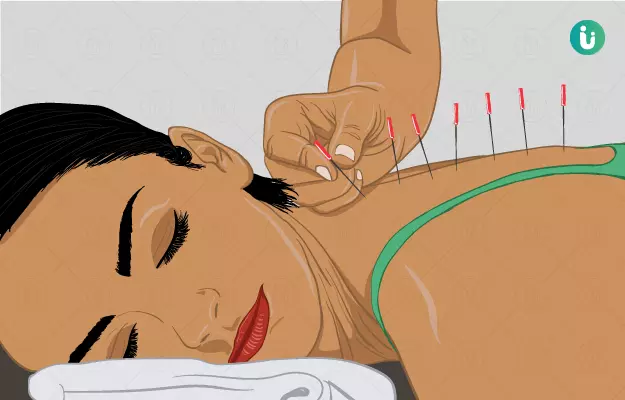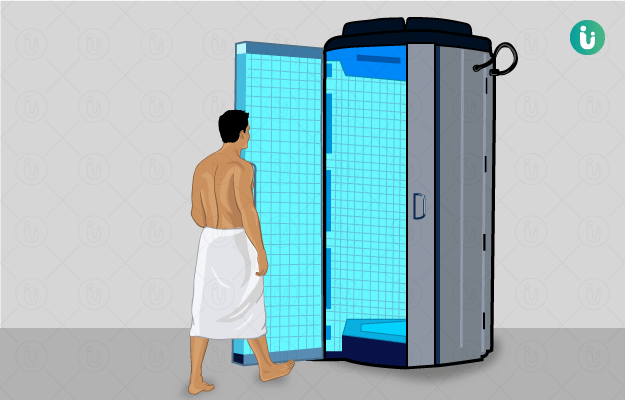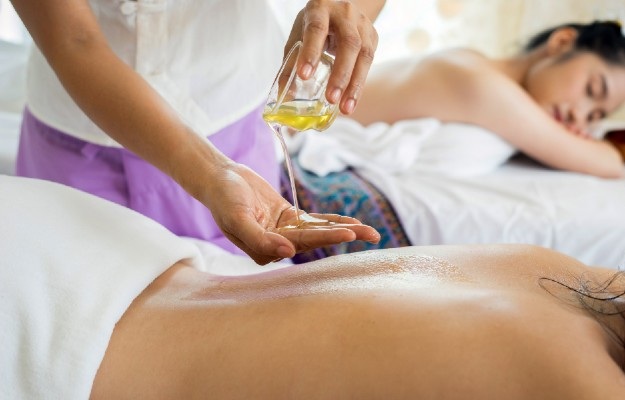Acupuncture is a form of alternative medicine that belongs to the Traditional Chinese Medicine (TCM) system. In current day practice, specialised acupuncture needles are inserted into the skin overlying targeted tissues, glands and organs to stimulate nerve endings and also generate an immune response from the body to promote healing and pain relief. In case individuals do not have any contraindicating factors (absolute or relative), they may choose to opt for acupuncture therapy. After finding a licensed acupuncturist, individuals undergo assessment and are questioned about their complaints, symptoms and other relevant medical histories that may interfere with the therapy. After an initial assessment is completed, the acupuncturist formulates a treatment plan. During the procedure, special acupuncture needles are inserted through the skin into acupuncture points of the individual’s body. After insertion, the needles are manipulated into the correct position to yield desired results. The acupuncture needles are allowed to remain inside for about 10 to 20 minutes before being removed. Some preparatory and precautionary steps can enhance the results and experience of acupuncture therapy. While the side effects of acupuncture therapy are few, some complications can arise, especially in patients with pre-existing risk factors.
New Year Bumper Sale @ Rs. 1
X

- हिं - हिंदी
- En - English
- Treatment
-
- Skin Issues
- Acne
- Fungal Infection
-
- Hair Problems
- Hair Growth
- Hair Dandruff
- Self-Analysis
-
- Chronic Diseases
- Diabetes
- Heart Care
- Weight Loss
- Sleep Support
- Liver Care
- Stress & Anxiety
- Our Brands
- Doctor Consultation
- Medicine A-Z
-
Health A-Z
-
- Treatments
- Home Remedies
- Herbs
- Surgery
- Lab Test
- Therapy
- First Aid
- Ayurveda
- Homeopathy
-
- Yoga And Fitness
- Fitness
- Yoga
- Weight Loss
- Weight Gain
-
- Other Topics
- Baby Names
- Beauty
- Healthy Foods
- Tips
- Health News
- Pet Health
- Men Health
- Medical Cannabis
- Login / Sign Up












